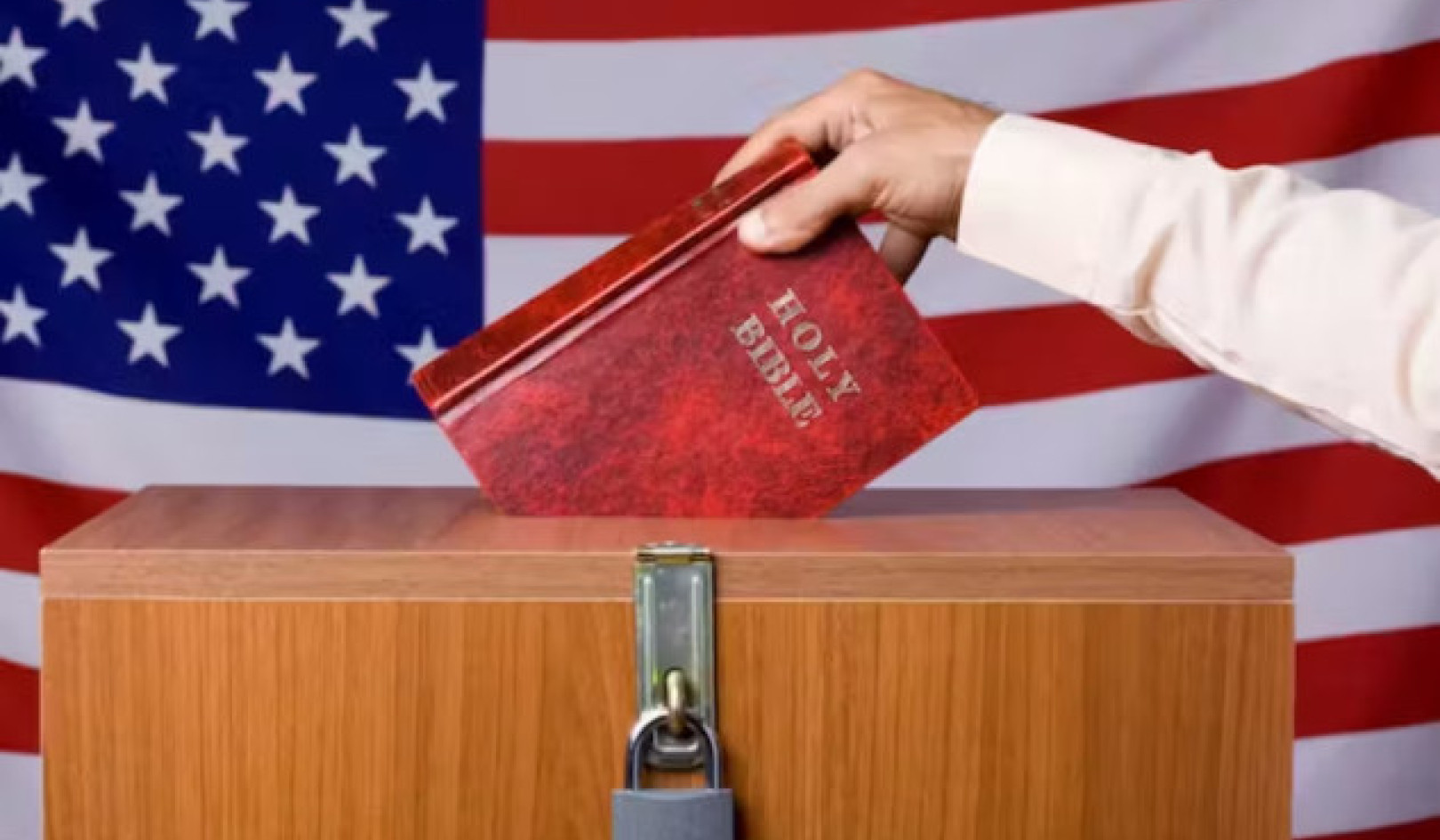
Over mild wine with a friend, I steered the conversation to one of my favorite topics, spirituality. After my second eloquent sentence, she burst out, “Oh, I don’t have time to be spiritual!”
I started to clarify but she changed the subject to her impossible office job. Like a good spiritual practitioner, I accepted her choice and, while she complained, kept repeating to myself Namasté.
Later (after a little more wine), I snuck back to the spirituality topic and asked my friend why she didn’t have time. She was much too busy, she said, with work/husband/children/life to go to church, chanting class, retreats, or any of the other many spiritual activities she saw in the back of her neighborhood paper.
Do You Have Time to Be Spiritual?
How many of us feel the same way? We have all the greatest intentions to meditate every morning for 20, 15, even 5 minutes. What happens?
We oversleep, just manage to corral the kids to breakfast and out the door so they won’t be late, throw last night’s laundry from washer to the dryer, pull on passable office clothes and rush out the door for work, remembering keys, glasses, phone, laptop, briefcase, shoes.
The Virtues of Rituals
How do we get—or make—time for spirituality? Granted, it’s a choice, and conscious rituals can help. A personal trainer I knew devoted a small corner room in his house to meditation, complete with low altar, candles, photos of mandalas on the walls, and two mats. A real estate agent goes out to the seashore early every morning, sits on a bench, and meditates before she opens the office. A neighbor, mother of three small children, signed up for a weekly class in chanting and meditation. It was the only way, she said, she could focus inside rather than stopping fights, soothing scrapes, and pouring endless paper cups of juice.
Are such rituals the only way? Are they our admission tickets to spirituality, heaven, or enlightenment?
Not always, not at all.
Instead . . .
The Anglican mystic Evelyn Underhill (1875-1941) tells us:
The spiritual life does not begin in an arrogant attempt at some peculiar kind of other-worldliness, a rejection of ordinary experience. It begins in the humble recognition that human things can be very holy, full of God; whereas high-minded speculations about His nature need not be holy at all. (Lent With Evelyn Underhill, 2nd edition, 2004, London and New York, Continuum, p. 40)
In a similar vein, Joel Goldsmith, the brilliant mid-twentieth-century metaphysical teacher and author, says we needn’t expect any greater transformative experiences in “holy mountains or in temples than we would find if we were praying in our garden or at home or in our living room . . . . [We can] pray wherever we are—in the home, on the street, in the air, under the water, in church or out” (The Thunder of Silence, New York, Harper & Row, 1993, p. 142).
Unity minister Paul John Roach writes about the extraordinary spiritual connection he felt even in boyhood to the countryside of Wales (“Beholding Heaven on Earth”). Yet he quotes Rabbi Jamie S. Korngold (God in the Wilderness, New York, Three Rivers Press, 2008), who acknowledges the uplifting inspirations of nature but says also, “You can have a similar awe experience watching rain on a city windowsill” (p. 108).
The mainstream too has gotten it! In a Woman’s Day article, “Meditate Anywhere,” Abigail L. Cuffrey lists how a busy mother can meditate: in the shower, washing dishes, waiting to pick up the kids, just before a meal (October 22, 2010).
Mother or other, if you’re still too frazzled with daily duties, Zen master Laurence Do’an Grecco suggests more excuse-proof and outrageous opportunities to meditate. His “Seven Ways To Meditate Anytime, Anywhere (Even If You’re The Busiest Person On Earth)” lists them:
- Smartphone Practice: Set your phone alarm several times during the day and pause, even for a few seconds, to become aware of your breath.
- The Lay-Away Method: Again, stop a very few times a day, even for a single minute, and focus on one thing.
- Post-It Practice: Stick up post-its or other striking visuals in different places. When one catches your eye, pause for a few seconds to connect with yourself.
- Pissing Practice: Self-explanatory. At least you’re alone (choose a stall).
- Street-Walker Meditation: Not that one, but when you’re walking, feel what it’s like to walk. Be wholly there, whenever and wherever you’re walking.
- Eating Meditation: Don’t read, text, repeat lists in your head, or stare at the people at the other tables. Just concentrate on the food in front of you, each taste and texture.
- Keyboard Practice: Yes, now it’s OK to text, type, or punch numbers into an ATM. Center your attention on the sensations of your fingertips.
What We Need
Whatever methods appeal to you, in a meadow or the middle of the mall, near a waterfall or in a water closet, Grecco shows us we don’t need to go anywhere or perform special rituals to complete that mysterious thing called meditation. He says, “It’s simply about being fully aware of what your mind is doing . . . , and this is something you can do at any given moment. “ We only need to be where we are.
Want to Start?
Wherever you are, stand, sit, or lie down. Close your eyes or open them. Be dirty or clean, dressed or undressed, having accomplished something or done nothing. Be alone or in a crowd.
So, 30 seconds standing anywhere.
One minute sitting anywhere.
Three minutes lying down anywhere.
Four minutes walking anywhere.
Watch your breath or repeat a word you like.
That’s all you need.
My Too-Busy Friend
I sent my harried friend a draft of this piece. She phoned the next day and, in a very quiet voice, said, “Thank you. I needed this. I had all the wrong ideas about spirituality.”
I almost cried.
Then she said, “Gotta hang up. While the kids watch their cartoons, I’m going out to the garage to meditate.”
©2015 by Noelle Sterne.
Book written by this author:
 Trust Your Life: Forgive Yourself and Go After Your Dreams
Trust Your Life: Forgive Yourself and Go After Your Dreams
by Noelle Sterne.
In Trust Your Life, you will learn to forgive yourself for your mistakes and begin to see them as the inevitable steps toward the future you want to create. Through spiritual guidance, life-affirming thoughts and powerful examples, Trust Your Life will help you recognize your inherent creative power as a child of God and uncover, pursue and joyfully realize your long-cherished dreams.
Click here for more info and/or to order this book.
About the Author
 Noelle Sterne is an author, editor, writing coach, and spiritual counselor. She publishes writing craft articles, spiritual pieces, essays, and fiction in print, online periodicals, and blog sites. Her book Trust Your Life contains examples from her academic editorial practice, writing, and other aspects of life to help readers release regrets, relabel their past, and reach their lifelong yearnings. Her book for doctoral candidates has a forthright spiritual component and deals with often overlooked or ignored but crucial aspects that can seriously prolong their agony: Challenges in Writing Your Dissertation: Coping With the Emotional, Interpersonal, and Spiritual Struggles (September 2015). Excerpts from this book continue to be published in academic magazines and blogs. Visit Noelle's website: www.trustyourlifenow.com
Noelle Sterne is an author, editor, writing coach, and spiritual counselor. She publishes writing craft articles, spiritual pieces, essays, and fiction in print, online periodicals, and blog sites. Her book Trust Your Life contains examples from her academic editorial practice, writing, and other aspects of life to help readers release regrets, relabel their past, and reach their lifelong yearnings. Her book for doctoral candidates has a forthright spiritual component and deals with often overlooked or ignored but crucial aspects that can seriously prolong their agony: Challenges in Writing Your Dissertation: Coping With the Emotional, Interpersonal, and Spiritual Struggles (September 2015). Excerpts from this book continue to be published in academic magazines and blogs. Visit Noelle's website: www.trustyourlifenow.com
Listen to a webinar: Webinar: Trust Your Life, Forgive Yourself, and Go After Your Dreams (with Noelle Sterne)




























